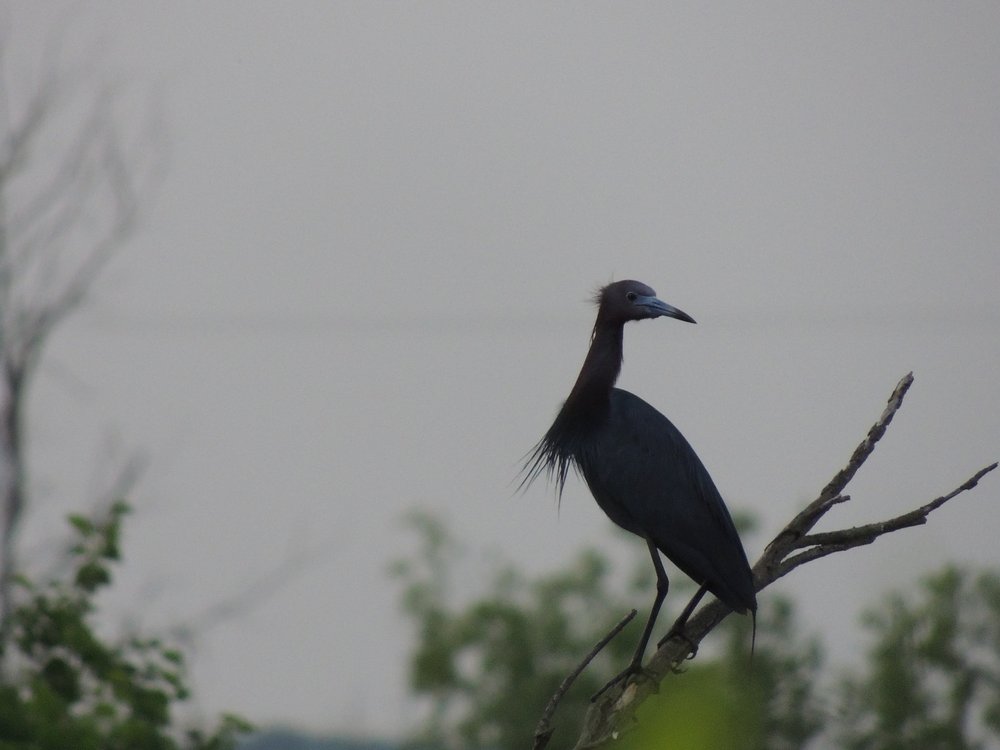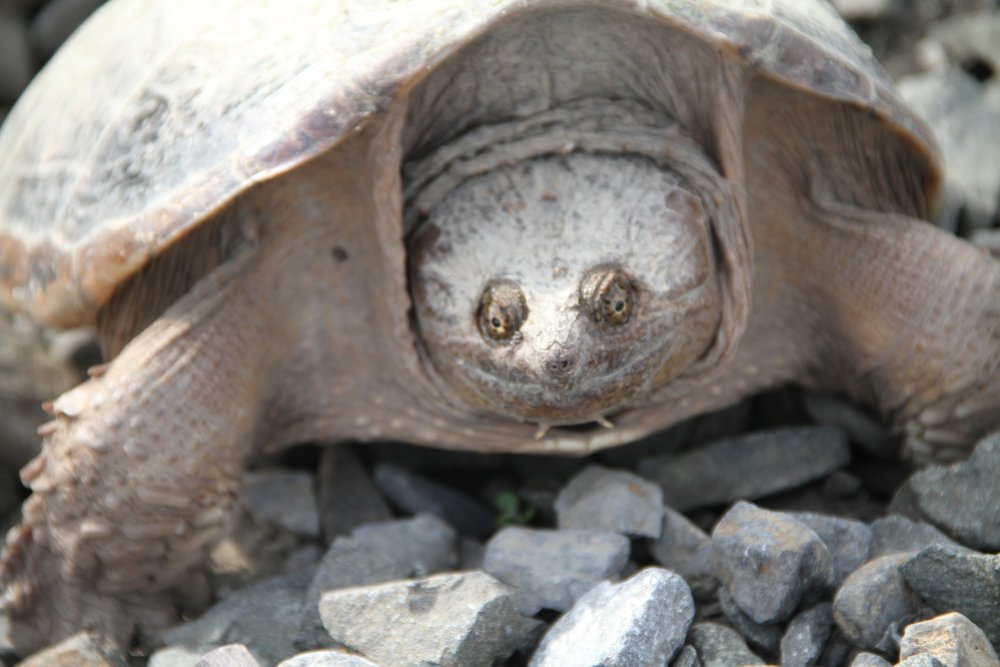 Ice boat with the Kingston-Rhinecliff bridge in the backgroundAn ice boat is a beautiful thing. It glides across the ice on giant ice skates, propelled by a sail. Each boat can hold one, maybe two people, who crouch low, often using feet to direct the rudder. Some are wood, formed and stained over a hundred years ago. Some are sleek and modern. All require ice, thick ice. And wind. Those two things came together today, March 1, on the Hudson River. It was one of the biggest ice boat events on the river.
Ice boat with the Kingston-Rhinecliff bridge in the backgroundAn ice boat is a beautiful thing. It glides across the ice on giant ice skates, propelled by a sail. Each boat can hold one, maybe two people, who crouch low, often using feet to direct the rudder. Some are wood, formed and stained over a hundred years ago. Some are sleek and modern. All require ice, thick ice. And wind. Those two things came together today, March 1, on the Hudson River. It was one of the biggest ice boat events on the river.
From high at Poet’s Walk, just north of the Kingston Rhinecliff Bridge, we could see the boats skidding across the ice. In the not so far distance, an enormous tanker lazily crunched its way south in the open channel. The ice boats stayed away from that channel, zipping carefree north to Barrytown and south toward the bridge. Four or five boats were under sail.



